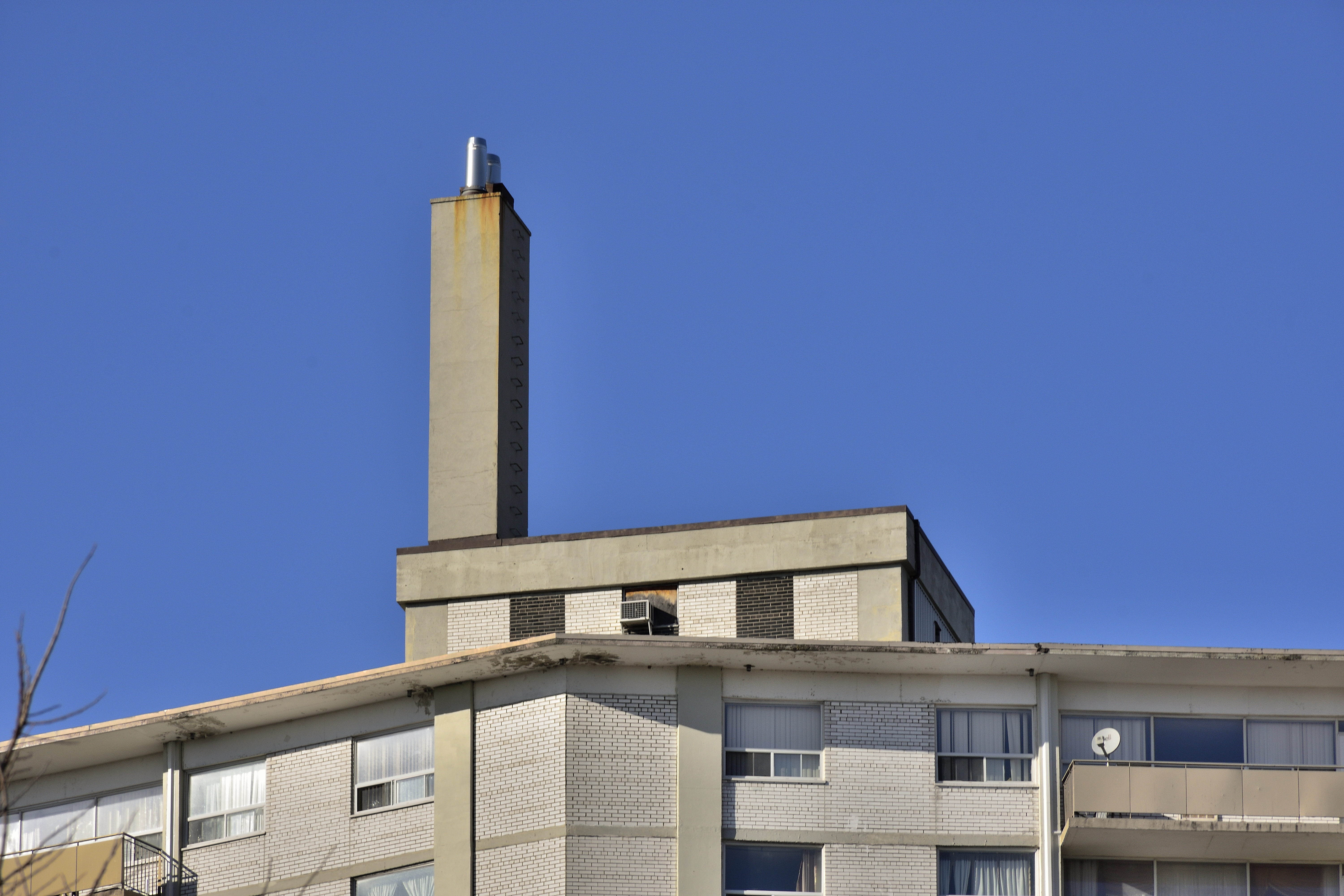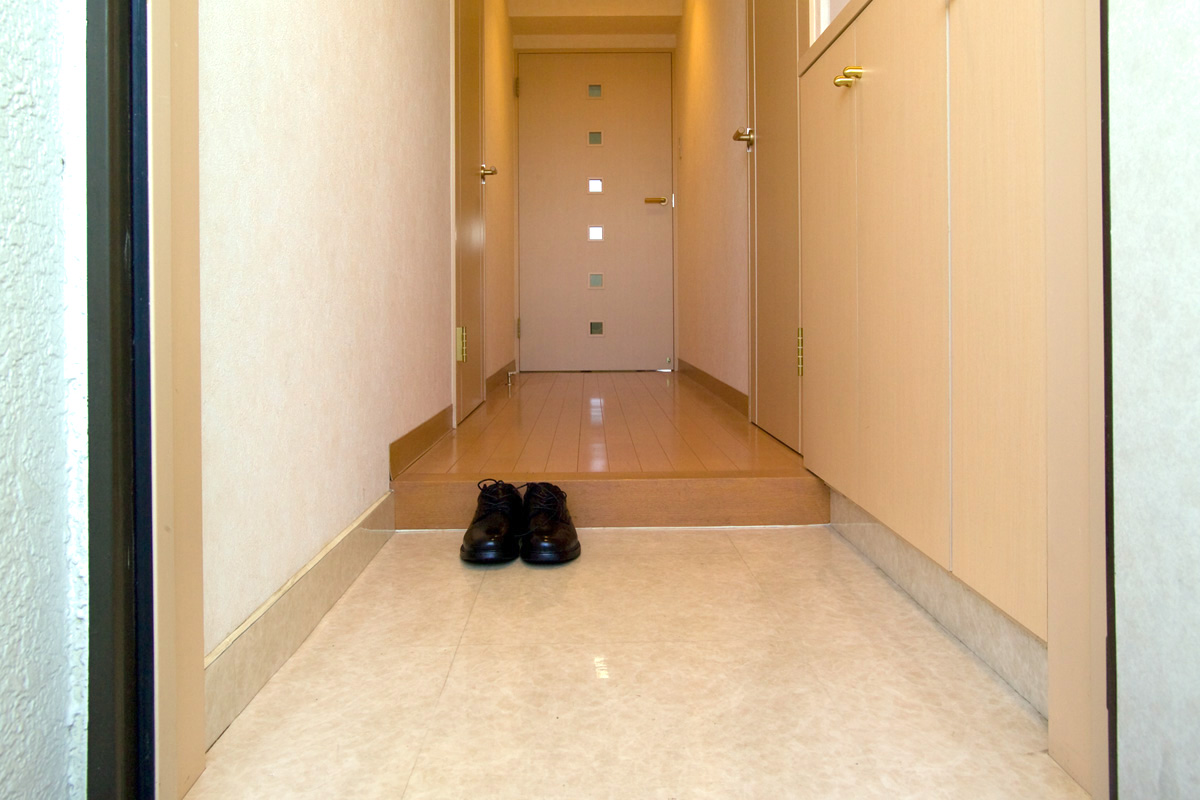|
Machiya
are traditional wooden townhouses found throughout Japan and typified in the historical capital of Kyoto. (townhouses) and (farm dwellings) constitute the two categories of Japanese vernacular architecture known as (folk dwellings). originated as early as the Heian period and continued to develop through to the Edo period and even into the Meiji period. housed urban merchants and craftsmen, a class collectively referred to as (townspeople). The word is written using two kanji: meaning "town", and meaning "house" () or "shop" () depending on the kanji used to express it. in Kyoto, sometimes called , formed the defining characteristic of downtown Kyoto architecture for centuries,Kyoto Center for Community Collaboration (京都市景観・まちづくりセンター)(eds.) ''Machiya Revival in Kyoto'' (京町家の再生). Kyoto: Kyoto Center for Community Collaboration, 2008. p10. representing the standard defining form of the throughout the country. The typic ... [...More Info...] [...Related Items...] OR: [Wikipedia] [Google] [Baidu] |
Vernacular Architecture
Vernacular architecture is building done outside any academic tradition, and without professional guidance. This category encompasses a wide range and variety of building types, with differing methods of construction, from around the world, both historical and extant, representing the majority of buildings and settlements created in pre-industrial societies. Vernacular architecture constitutes 95% of the world's built environment, as estimated in 1995 by Amos Rapoport, as measured against the small percentage of new buildings every year designed by architects and built by engineers. Vernacular architecture usually serves immediate, local needs; is constrained by the materials available in its particular region; and reflects local traditions and cultural practices. Traditionally, the study of vernacular architecture did not examine formally schooled architects, but instead that of the design skills and tradition of local builders, who were rarely given any attribution for the ... [...More Info...] [...Related Items...] OR: [Wikipedia] [Google] [Baidu] |
Kura (storehouse)
are traditional Japanese storehouses. They are commonly durable buildings built from timber, stone or clay used to safely store valuable commodities. ''Kura'' in rural communities are normally of simpler construction and used for storing grain or rice. Those in towns are more elaborate, with a structural timber frame covered in a fireproof, clay outer coating. Early religious ''kura'' were built in a "log cabin" style, whilst those used later to store gunpowder were constructed from stone. Earthen ''kura'', ''dozō'' have evolved a particular set of construction techniques in order to make them relatively fireproof. History The ''kura'' storehouse was specifically used to store precious items. Other sorts of storehouses such as outbuildings (''naya'') and sheds (''koya'') were used to store more mundane items. The first ''kura'' appear during the Yayoi period (300 BC – 300 AD) and they evolved into ''takakura'' (literally ''tall storehouse'') that were built on columns ra ... [...More Info...] [...Related Items...] OR: [Wikipedia] [Google] [Baidu] |
Minka
are vernacular houses constructed in any one of several traditional Japanese building styles. In the context of the four divisions of society, were the dwellings of farmers, artisans, and merchants (i.e., the three non-samurai castes). This connotation no longer exists in the modern Japanese language, and any traditional Japanese-style residence of appropriate age could be referred to as . are characterized by their basic structure, their roof structure, and their roof shape. developed through history with distinctive styles emerging in the Edo period. Types The term literally means houses of the people. It covers houses that accommodated a wide variety of people from farmers to village headmen, merchants and low level samurai.Nishi & Hozumi (1996), p82 come in a wide range of styles and sizes, largely as a result of differing geographic and climatic conditions as well as the lifestyle of the inhabitants. They generally fall into one of four classifications: farmhous ... [...More Info...] [...Related Items...] OR: [Wikipedia] [Google] [Baidu] |
:Category:Japanese Words And Phrases ...
{{Commons Words and phrases by language Words Words Words A word is a basic element of language that carries an objective or practical meaning, can be used on its own, and is uninterruptible. Despite the fact that language speakers often have an intuitive grasp of what a word is, there is no conse ... [...More Info...] [...Related Items...] OR: [Wikipedia] [Google] [Baidu] |
Tsuboniwa
A is a type of very small garden in Japan. The term stems from , a unit of measurement (equal to 1×1 , the size of two tatami, roughly ), and , meaning "garden". Other spellings of translate to "container garden", and a may differ in size from the unit of measurement. have been described as "quasi-indoor gardens", and are a key feature of some traditional Japanese homes, such as the (). A number of different terms exist to describe the function of townhouse gardens. Courtyard gardens of all sizes are referred to as , "inner gardens"; gardens referred to as include both the (shop entrance garden) and the (hallway-garden, often mostly-roofed and used as a kitchen). The is found at the front of a traditional townhouse, with additional often found in the interior and at the rear. History were originally found in the interior courtyards of Heian period palaces, designed to give a glimpse of nature and some privacy to the residents of the rear side of the building. T ... [...More Info...] [...Related Items...] OR: [Wikipedia] [Google] [Baidu] |
Tatami
A is a type of mat used as a flooring material in traditional Japanese-style rooms. Tatamis are made in standard sizes, twice as long as wide, about 0.9 m by 1.8 m depending on the region. In martial arts, tatami are the floor used for training in a dojo and for competition. Tatami are covered with a weft-faced weave of (common rush), on a warp of hemp or weaker cotton. There are four warps per weft shed, two at each end (or sometimes two per shed, one at each end, to cut costs). The (core) is traditionally made from sewn-together rice straw, but contemporary tatami sometimes have compressed wood chip boards or extruded polystyrene foam in their cores, instead or as well. The long sides are usually with brocade or plain cloth, although some tatami have no edging. History The term ''tatami'' is derived from the verb , meaning 'to fold' or 'to pile'. This indicates that the early tatami were thin and could be folded up when not used or piled in layers.Kodansha Encyclo ... [...More Info...] [...Related Items...] OR: [Wikipedia] [Google] [Baidu] |
Japanese Kitchen
The Japanese kitchen ( ja, , translit=Daidokoro, lit=kitchen) is the place where food is prepared in a Japanese house. Until the Meiji era, a kitchen was also called ''kamado'' (; lit. stove) and there are many sayings in the Japanese language that involve kamado as it was considered the symbol of a house. The term could even be used to mean "family" or "household" (much as "hearth" does in English). Separating a family was called ''kamado wo wakeru'', or "divide the stove". ''Kamado wo yaburu'' (lit. "break the stove") means that the family was broken. Early history In the Jōmon period, from the 10,000 BC to 300 BC, people gathered into villages, where they lived in shallow pit dwellings. These simple huts were between 10 and 30 square meters and had a hearth in the center. Early stoves were nothing more than a shallow pit (''jikaro'' 地床炉), but they were soon surrounded by stones to catch the fire sparks. A bottomless clay vase soon replaced the stones as these became h ... [...More Info...] [...Related Items...] OR: [Wikipedia] [Google] [Baidu] |
Chimney
A chimney is an architectural ventilation structure made of masonry, clay or metal that isolates hot toxic exhaust gases or smoke produced by a boiler, stove, furnace, incinerator, or fireplace from human living areas. Chimneys are typically vertical, or as near as possible to vertical, to ensure that the gases flow smoothly, drawing air into the combustion in what is known as the stack, or chimney effect. The space inside a chimney is called the '' flue''. Chimneys are adjacent to large industrial refineries, fossil fuel combustion facilities or part of buildings, steam locomotives and ships. In the United States, the term '' smokestack industry'' refers to the environmental impacts of burning fossil fuels by industrial society, including the electric industry during its earliest history. The term ''smokestack'' (colloquially, ''stack'') is also used when referring to locomotive chimneys or ship chimneys, and the term ''funnel'' can also be used. The height of ... [...More Info...] [...Related Items...] OR: [Wikipedia] [Google] [Baidu] |
Skylight (window)
A skylight (sometimes called a rooflight) is a light-permitting structure or window, usually made of transparent or translucent glass, that forms all or part of the roof space of a building for daylighting and ventilation purposes. History Open skylights were used in Ancient Roman architecture, such as the oculus of the Pantheon. Glazed 'closed' skylights have been in use since the Industrial Revolution made advances in glass production manufacturing. Mass production units since the mid-20th century have brought skylights to many uses and contexts. Energy conservation has brought new motivation, design innovation, transmission options, and efficiency rating systems for skylights. Prior to the Industrial Revolution, it was Spain and France that probably had the leading technology in architectural glass. One of the earliest forms of glass skylight can be seen at the Burgos Cathedral in the Chapel of the Constable. Other early form of glass skylight can be seen at the Palace of ... [...More Info...] [...Related Items...] OR: [Wikipedia] [Google] [Baidu] |
Fukiya Katayama House01s3200
The ''fukiya'' (吹き矢) is the Japanese blowgun, as well as the term for the associated sport. It consists of a tube, with darts approximately in length. Unlike modern Western blowguns, the fukiya has no mouthpiece: instead, a shooter must maintain a seal with the lips while forcefully exhaling. The darts used in the fukiya are called ''fukibari''. Traditionally, fukibari were 5 cm in length. In Japan, fukiya is considered to be an archery sport, maintained by the Japan Sports Fukiya Association. In order to promote fukiya, the International Fukiya Association (IFA) was formed, based in Japan. The main organizations under the IFA are the American Association (ASBA), and the French Federation (FSBA). History The ''fukiya'' is often considered to have been a weapon of the ninja. It is known that in the past, there were numerous schools of martial arts and ninjutsu (such as Togakure-ryū) which used the fukiya and fukibari alone (as ''senbon''). A typical ninjutsu fukiya is ... [...More Info...] [...Related Items...] OR: [Wikipedia] [Google] [Baidu] |
Genkan
are traditional Japanese entryway areas for a house, apartment, or building, a combination of a porch and a doormat. It is usually located inside the building directly in front of the door. The primary function of is for the removal of shoes before entering the main part of the house or building. A secondary function is a place for brief visits without being invited across the step into the house proper. For example, where a pizza delivery driver in an English-speaking country would normally stand on the porch A porch (from Old French ''porche'', from Latin ''porticus'' "colonnade", from ''porta'' "passage") is a room or gallery located in front of an entrance of a building. A porch is placed in front of the facade of a building it commands, and form ... and conduct business through the open front door, in Japan a food delivery would traditionally have taken place across the step. After removing shoes, one must avoid stepping on the tiled or concrete in socks or w ... [...More Info...] [...Related Items...] OR: [Wikipedia] [Google] [Baidu] |
.jpg)





.jpg)

